Paphiopedilum Culture Sheet
How to grow Paphiopedilum Orchids.
-
Paphiopedilum orchids require brighter light to grow and flower than other orchids, but avoid direct sun.
Window: Place Paphiopedilums in an east window. A west, or south window may require a sheer curtain to prevent burning. This will appear initially as a yellowing or tan patch facing the source of light.
Artificial light: High-pressure sodium lights, fluorescent and compact fluorescent lights, and LED lights can all be used to grow paphiopedilum orchids. Place paphiopedilum orchids closer to the ends of the growing bench and move plants with high light requirements closer to the middle.
Outdoors: Like most orchids, paphiopedilums benefit from being moved outdoors after nighttime temperatures remain above 50 degrees. Plants may need to be acclimated gradually to brighter conditions, and should be kept out of hot sun.
-
Paphiopedilum orchids are split into two main groups for their temperature requirements. Mottled-leaf paphiopedilums and multifloral paphiopedilums require warmer temperatures in the range of 75 – 85 °F during the day, and 60 – 65 °F at night. The green-leafed paphiopedilums are best grown 75 – 80 °F during the day, and 50 – 60 °F at night. Plants are more susceptible to rot in cooler temperatures, and should be protected from water on the leaves or in the crown of the plant. A combination of bright light and excessive heat may result in sunburn, which will appear initially as a patch of yellow, tan, or white discoloration, fading to light tan and forming a dry patch. Check plants regularly for sunburn.
-
The growing medium for paphiopedilum orchids should never be allowed to dry out completely, while also not being water-logged. With the right pot size and growing medium, plants can be watered up to twice a week. To water at a sink, run a tap of room temperature water, and hold the pot in the water, moving it so that the entire pot is thoroughly flushed with water to thoroughly drench the medium. Allow the pot to drain, and place back into the growing area. This is an ideal time to check for sun damage, pests, and other developing problems.
-
Formula: Paphiopedilum orchids benefit from a higher nitrogen fertilizer formula such as 30-10-10, but can also be given a balanced fertilizer. The formula of fertilizer required will change depending on the amount of dissolved minerals in your local tap water. Water with high total dissolved solids (TDS) will require fertilizer without these additional minerals, or it may burn the roots. Water with low dissolved magnesium and calcium will require a formula that supplements these essential minerals. The Chicago municipal water supply is very good for growing orchids.
Schedule: Most orchid growers follow a “weakly-weekly” fertilization schedule, and will use ¼ of the package recommended strength, every time they water. Some growers will decrease or discontinue fertilization from late fall to early spring, or when the plant is not actively growing, while other growers may feed evenly year-round. Some growers report success switching to a “bloom booster” formulation in the months leading up to that orchid’s blooming season. Flush the pot with plain water without fertilizer once every month to avoid the buildup of fertilizer salts.
-
Paphiopedilum orchids do not require a dry dormancy or rest period, although their water needs will change with the amount of light provided as seasons change.
-
A mix of fir bark, perlite, sphagnum moss, and a small amount of sand can be used to replicate the semi-terrestrial habitat of paphiopedilums in the wild. Paphiopedilum orchids are not tolerant of stale or broken down media, and should be repotted every spring. The semi-hydroponic method does not work well for paphiopedilum orchids due to the roots rotting in even occasionally standing water.
Care requirements created with information from the American Orchid Society, and Illinois Orchid Society growers.




